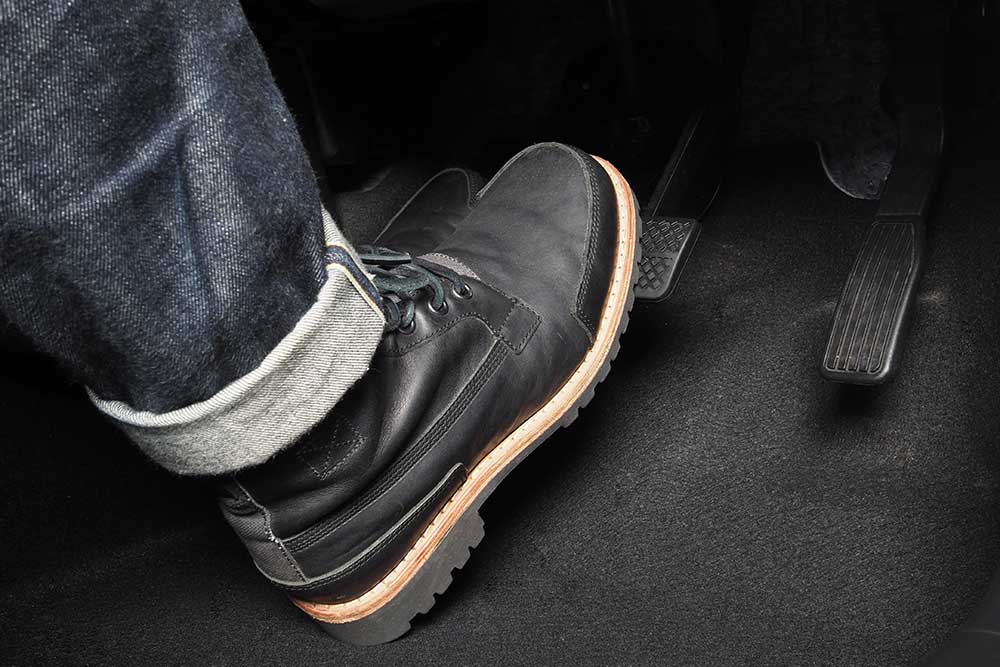Keeping your vehicle performing at its best involves more than just keeping it full of gas and making sure you get routine oil changes.
Tire care, especially tire rotations, is a very important part of good maintenance that is, unfortunately, often ignored. Tire rotations help improve how your vehicle works, like using less fuel, stopping quicker, and staying steady on the road. In this blog, we’ll explore why tire rotations matter and how they make your driving smoother and safer.
The Basics of Tire Rotation
Tire rotation involves moving the tires from one position on the vehicle to another, ensuring even distribution of wear and tear. The typical rotation pattern involves switching the front and rear tires from one side to the other. For example, the front left tire would move to the rear right position, and so on.

This practice helps to counteract the uneven wear that occurs due to factors such as weight distribution, alignment issues, and driving habits.
Even Tire Wear and Fuel Efficiency
One of the immediate benefits of regular tire rotations is the promotion of even tire wear. As a vehicle is driven, the front and rear tires experience different forces due to factors like weight distribution and steering dynamics. Without regular tire rotations, the front tires tend to wear out faster than the rear ones. This uneven wear pattern can result in reduced fuel efficiency.

Tires with varying levels of tread wear have different rolling resistances. A tire with less tread requires more energy to roll, leading to increased fuel consumption. By rotating the tires, you ensure that all four tires wear down at a relatively uniform rate. This consistent tread depth minimizes rolling resistance, allowing the engine to work more efficiently and ultimately improving fuel economy.
Braking Distance and Tire Rotations
Effective braking is a crucial aspect of vehicle safety. Worn-out tires with uneven tread depth can significantly impact braking performance, increasing the distance it takes for your vehicle to come to a stop. This extended braking distance can prove hazardous, especially in emergency situations.

Regular tire rotations play a pivotal role in maintaining consistent braking performance. When all four tires have even tread wear, they can provide better traction and grip on the road. This balanced grip ensures that your vehicle can come to a stop more effectively when you apply the brakes, reducing the risk of accidents.
Stability and Handling
Vehicle stability and handling are vital for a smooth and controlled driving experience. Uneven tire wear can lead to an imbalance in the way your vehicle responds to steering inputs. This imbalance can result in a less stable and less predictable driving experience.

Tire rotations help maintain proper balance and symmetry in your vehicle’s tire wear, contributing to improved stability and handling. When all four tires have similar tread depths, your vehicle is more likely to respond predictably to steering and maintain its stability during turns. This is especially important in adverse weather conditions, where traction and control are critical factors.
Extending Tire Lifespan
Tires are a significant investment, and maximizing their lifespan is essential for cost-effective vehicle ownership. Regular tire rotations prevent excessive wear on specific tires, helping to extend the overall lifespan of your tire set. When tires wear down uniformly, they are less likely to experience premature damage, such as punctures or sidewall issues.
Conclusion
While tire rotations may seem like a minor aspect of vehicle maintenance, their impact on performance metrics like fuel efficiency, braking distance, and stability is undeniable. The practice of evenly distributing tire wear through regular rotations can lead to significant improvements in these areas, ultimately contributing to a safer and more efficient driving experience. As responsible vehicle owners, incorporating tire rotations into our maintenance routine is a simple yet effective way to ensure optimal vehicle performance and safety on the road.
Ensure you’re following these tips and getting the most out of your tires by scheduling a tire rotation at your nearest Commercial Tire.
